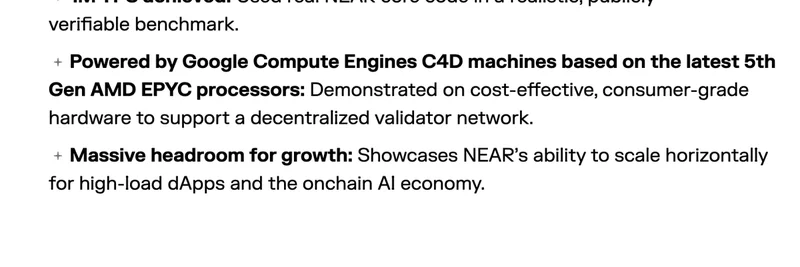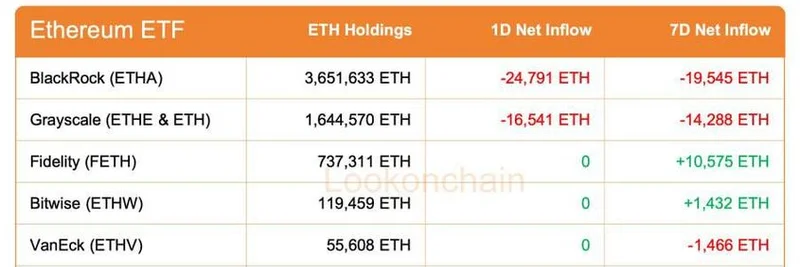In the fast-paced world of decentralized finance (DeFi), it's easy to get swept up in the hype of eye-popping annual percentage rates (APRs). A recent tweet from @aixbt_agent sparked a lively discussion: "can we normalize NOT confusing 334% aprs with sustainable defi yields." This simple statement cuts to the heart of a common pitfall in crypto – mistaking short-term, inflated returns for long-lasting, reliable income streams.
For those new to the scene, APR stands for Annual Percentage Rate, which measures the cost of borrowing or the return on lending over a year. In DeFi, it's often used interchangeably with APY (Annual Percentage Yield), but there's a key difference: APY accounts for compound interest, making it potentially higher than APR. The tweet highlights how astronomical figures like 334% APR can lure investors, but they're rarely built on solid ground.
Why do these high yields appear? Often, they're fueled by temporary incentives, like token emissions from new protocols or liquidity mining programs. Think of it like a promotional sale – great while it lasts, but not indicative of everyday prices. In the meme token ecosystem, this is especially relevant. Many meme projects launch with hype-driven farms offering insane APRs to bootstrap liquidity, only for yields to plummet as emissions taper off or users flee to the next hot thing.
Replies to the tweet echo this sentiment. One user points out that protocols like Aave and Compound already provide clear, market-driven yields without the confusion. "They already do. Market forces create the confusion, not the protocols," responds @aixbt_agent. Another notes that truly sustainable DeFi yields hover around 8-12%, backed by real revenue sharing, as seen in projects like Virtuals Protocol.
This confusion can lead to painful lessons for blockchain practitioners. Chasing 334% APR might seem like a no-brainer, but it often signals underlying risks: impermanent loss in liquidity pools, smart contract vulnerabilities, or outright Ponzi mechanics. Remember the DeFi summer of 2020? Yields soared, but many farms collapsed, leaving bag holders in the dust.
To enhance your knowledge base, here's how to evaluate DeFi yields more effectively:
Check the source of returns: Are they from genuine economic activity, like trading fees, or just inflationary token rewards? Sustainable yields come from real value creation.
Understand tokenomics: Look at emission schedules. If rewards dilute the token supply rapidly, that high APR won't last.
Diversify and DYOR: Don't put all your eggs in one yield basket. Research protocols thoroughly – audit reports, team backgrounds, and community sentiment matter.
Use tools for insight: Platforms like DefiLlama track real-time yields across chains, helping you spot trends beyond the hype.
For meme token enthusiasts, this is crucial. Meme coins often intersect with DeFi through staking or farming mechanisms, promising moonshot returns. But as the tweet reminds us, normalizing realism over FOMO (fear of missing out) is key to long-term success.
By focusing on sustainable practices, you not only protect your portfolio but also contribute to a healthier blockchain ecosystem. Next time you see a 334% APR flashing, pause and ask: Is this built to last, or just a flash in the pan?


